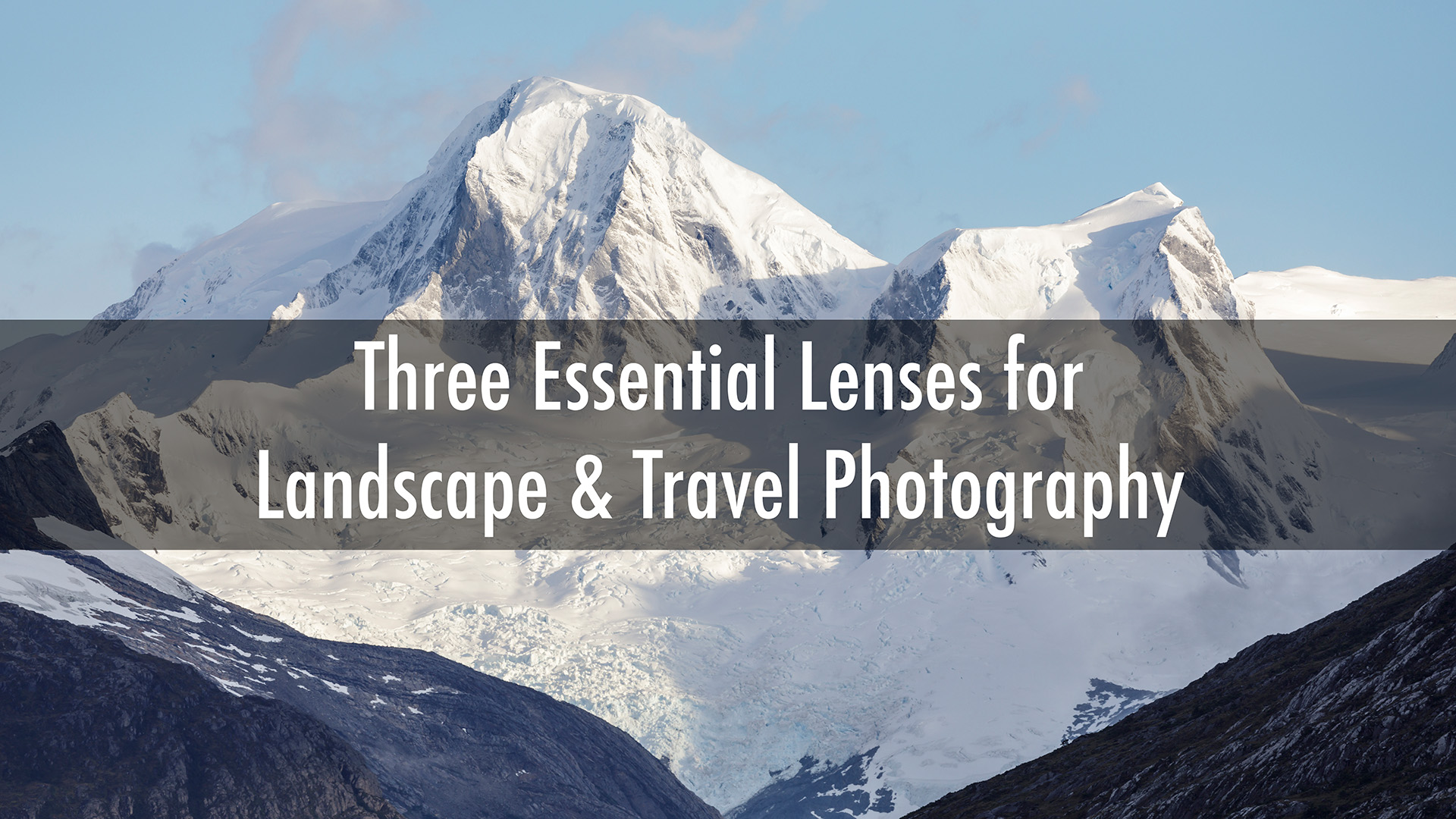
Many people ask, “What are the most essential lenses for landscape and travel photography?” After nearly 12 years of travelling and working as a professional travel and landscape photographer in over 30 countries, I’ve narrowed it down to three must-have lenses. While some may argue for a “holy trinity” of zoom lenses, these three have proven to be indispensable in my daily work.
Based on my extensive experience and analyzing the metadata in Adobe Lightroom from over a decade in the industry, these three lenses stand out:
Each of these lenses offers unique capabilities that can enhance your photography, especially in landscape and travel settings.
24mm Tilt-Shift Lens: For Unique Perspectives
The Canon 24mm TS-E Mark II tilt-shift lens is essential for capturing cityscapes and architectural shots. This lens also allows for adjustments that help to create stunning vertical panoramas. When I was in Tokyo, being able to shoot from high observatories using this lens was a game-changer. Although you can fix vertical lines in software like Adobe Lightroom, nothing beats the quality and sharpness that this lens provides on-site.
Once you try a tilt-shift lens, it’s likely you’ll want one for your own collection.
24-70mm f/2.8 Lens: The Versatile Workhorse
The 24-70mm f/2.8 lens is often referred to as the go-to lens for many professional travel and landscape photographers. It’s particularly well-suited for travel photography due to its versatility.
Carrying a 24-70mm in your bag allows you to adapt quickly to different shooting scenarios, ensuring you don’t miss important moments.
100-400mm Lens: For Detail and Compression
The 100-400mm lens is often associated with wildlife and sports photography, but it has significant applications in landscape and travel photography as well.
By being able to compress and isolate elements within a scene, the 100-400mm lens opens up creative possibilities that other lenses may not.
The Bonus: Extenders for More Reach
Adding a 1.4 extender to your camera gear can increase your reach without adding significant weight. This extends the 24mm tilt-shift to a 35mm and the 100-400mm to a formidable 140-560mm. While you lose a stop of light, the trade-off is often worth it for the extra range.
Professional photography gear can be heavy, but with the right selection, you can keep your load manageable. For example, my current camera system, including the 5D Mark IV and all three lenses, totals around 4 kg. This is light enough for most airline carry-on limits, which typically range from 7 kg to 12 kg depending on the airline.
Packing your camera bag efficiently means you can include essential items like spare batteries and a laptop while still staying under those all-important weight limits imposed by the airlines.
In summary, the three essential lenses for landscape and travel photography are the 24mm tilt-shift, 24-70mm f/2.8, and 100-400mm lenses. Each of these gives you unique capabilities that enhance both your landscape and travel photography experience. Whether you’re shooting cityscapes, portraits, or vast landscapes, having these lenses in your camera bag will prepare you for any scenario.